Robotics News
The Robot Report
231

Mendaera earns FDA clearance for Focalist handheld robotic system
- Mendaera Inc. has received FDA clearance for its Focalist handheld robotic system designed to simplify and enhance precision of ultrasound-guided needle placement.
- The company aims to make precision surgery more accessible across healthcare with a focus on providing tools to support precise and consistent needle placement across various users and clinical settings.
- The Focalist system integrates handheld control, real-time ultrasound imaging, and advanced software, allowing for reproducible minimally invasive procedures.
- Mendaera is commencing a limited launch of the Focalist system in select medical institutions and plans for full commercialization by 2026, starting with applications in urology.
Read Full Article
14 Likes
Medium
315
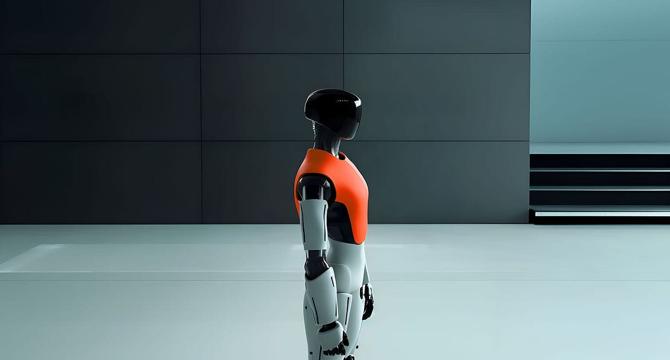
Image Credit: Medium
Building the Future with Atlas: Pulse Robot’s Vision for the AGI Revolution
- Artificial General Intelligence (AGI) represents a significant shift allowing machines to perform any intellectual task a human can do, with vast market projections and implications for global workforce automation.
- Pulse Robot's Atlas is an ambitious project set to create a self-evolving cognitive core capable of cross-disciplinary knowledge, emotional simulation, and significant innovations for various fields, integrating neural-symbolic learning, autonomous decision-making, and robotics.
- The Pulse Ecosystem around Pulse Robot includes a research hub in Singapore, customized robotics hardware, AI governance models, and utilization of the $ROBOT token for community access and funding, beyond just AI development.
- AGI is envisioned to transform economies and industries, optimizing sectors like logistics, healthcare, and education, addressing climate change, and redefining concepts of wealth and work, with Pulse Robot striving for democratization, security, and ethics in its AGI development.
Read Full Article
18 Likes
The Robot Report
170

NEURA Robotics partners with HD Hyundai on shipbuilding robots
- NEURA Robotics partners with HD Hyundai to develop specialized quadruped and humanoid robots for shipbuilding industry.
- The partnership aims to increase efficiency, safety, and productivity in shipbuilding through the use of legged robots.
- HD Hyundai Samho will provide demonstration environments, HD Hyundai Robotics will offer technical support, and NEURA Robotics will contribute cognitive robotics technology for shipbuilding applications.
- The agreement underscores the advancement of robotics technology and aims to enhance innovation and competitiveness in the shipbuilding industry.
Read Full Article
10 Likes
The Robot Report
360

Indian drone developer Raphe mPhibr raises $100M
- Indian drone developer Raphe mPhibr, known for its light carbon-fiber composite drones, raised $100 million in Series B funding.
- The funding will be used for research, development, and local production capabilities as drone usage increases for military and surveillance purposes.
- Raphe mPhibr produces its own components like batteries, flight controllers, and materials domestically, with plans to manufacture radars and cameras in-house.
- The company currently has over 600 employees and has sold more than 1,870 drones, primarily to Indian government agencies like the Army, Navy, and Air Force.
Read Full Article
17 Likes
Discover more
The Robot Report
251

Attabotics lays off staff as robotic storage provider files for bankruptcy
- Attabotics Inc. recently laid off most of its employees and filed for bankruptcy protection.
- Attabotics was known for its NodeX ergonomic picking station for automated storage and retrieval systems.
- The company, founded in 2016, raised significant funding but faced financial challenges, including a net loss in 2024.
- Attabotics' bankruptcy filings revealed $32 million in assets, 160 patents, and liabilities of $73.5 million.
Read Full Article
14 Likes
Eu-Startups
314

German robotics company Filics secures €13.5 million to expand and roll out its robotics platform
- German robotics company Filics has raised €13.5 million in a recent financing round to expand its robotics platform and internationalize its business model.
- Investors in the funding round include Sandwater, Alven, F-LOG Ventures, the Amazon Industrial Innovation Fund, and others, signaling strong support for Filics' growth strategy.
- Filics specializes in flat transport robots that can autonomously handle weights of up to 1.2 tons in intralogistics, with initial testing conducted by companies like Bosch, DHL, and the Nagel Group.
- The company's flagship product, the Filics Unit, aims to revolutionize warehouse operations with its omnidirectional robots that drive under pallets, enabling significant space savings and increased efficiency in logistics operations.
Read Full Article
18 Likes
Livescience
62
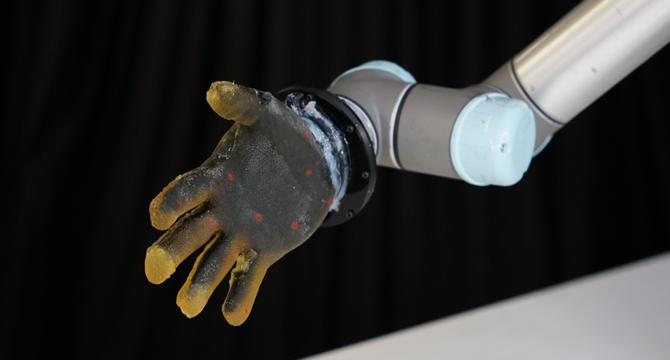
Image Credit: Livescience
Scientists burned, poked and sliced their way through new robotic skin that can 'feel everything'
- Scientists have developed a new electronic 'skin' that enables robots to feel tactile sensations like touch, temperature changes, and pressure, along with the ability to detect damage.
- The skin is made from an electrically conductive, gelatin-based material that can be molded into various shapes and equipped with special electrodes to interpret different touch and pressure signals.
- This advancement in tactile sensing is crucial in robotics to create machines that can respond to stimuli similar to human sensitivity, and the new skin uses multi-modal sensors to detect various stimuli in a more efficient and cost-effective manner.
- Although not at the level of human skin yet, the robotic skin shows promise in recognizing different types of touch stimuli, with potential applications in humanoid robots, prosthetics, automotive industry, and disaster relief.
Read Full Article
3 Likes
Medium
385
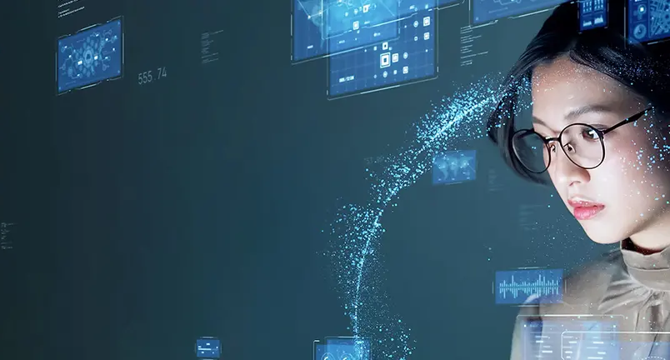
Image Credit: Medium
China Is Quietly Winning the Tech Race And Silicon Valley Has No Idea
- China is pulling ahead in the tech race by rapidly integrating AI and robotics into everyday life while Silicon Valley lags behind.
- Chinese companies like Unitree Robotics and Pudu Robotics are mass producing affordable humanoid and food service robots, respectively, for various everyday tasks.
- China is integrating AI into public transport, city infrastructure, and payment systems, showcasing a level of normalization and efficiency that the West is yet to achieve.
- China's advancements in AI deployment, high-speed rail, digital currency, and smart city technologies highlight a significant disparity in technological progress between China and the West.
Read Full Article
17 Likes
Dev
410

Image Credit: Dev
The Road To Emotional AI - Why I’m Studying ROS 2 and Python While Building My Own Robots
- Marvin Hermann, a Computer Science student at KIT, is focusing on Emotional Artificial Intelligence to create intelligent systems that are emotional and empathetic.
- He aims to contribute to research enabling emotional cognition, empathic behavior, and symbolic inner life in AI, striving for a science fiction-like future.
- Marvin is studying ROS 2, the standard robot operating system, and using Python to build his own robotic software stacks to understand how machines perceive and interact emotionally.
- His platform includes masterposts on Python, ROS 2, machine learning, weekly logs on learning progress, and projects documenting experimental sensor nodes and robotic behaviors.
Read Full Article
24 Likes
Medium
468
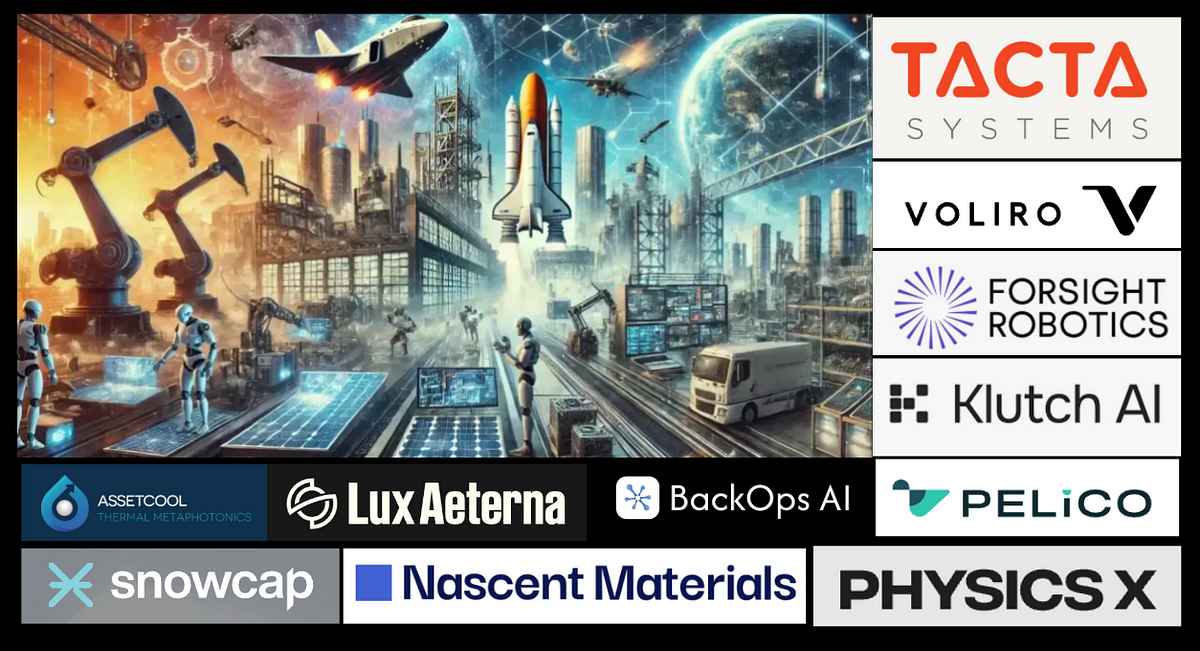
Image Credit: Medium
HardTech Reads: The AI & Robotics Revolution vol.38
- Genesis AI, a new robotics foundational model, raises $105M in funding for physical AI.
- Robotic football match in China highlights AI limitations in replacing human players.
- Baidu's robotaxi service, Apollo Go, plans European launch, impacting global AV competition.
- Amazon deploys 1 million robots worldwide, optimizing deliveries with generative AI model.
- Innovations include a robotic tattoo artist, new manufacturing hub for hypersonic systems, and more.
Read Full Article
23 Likes
Medium
269
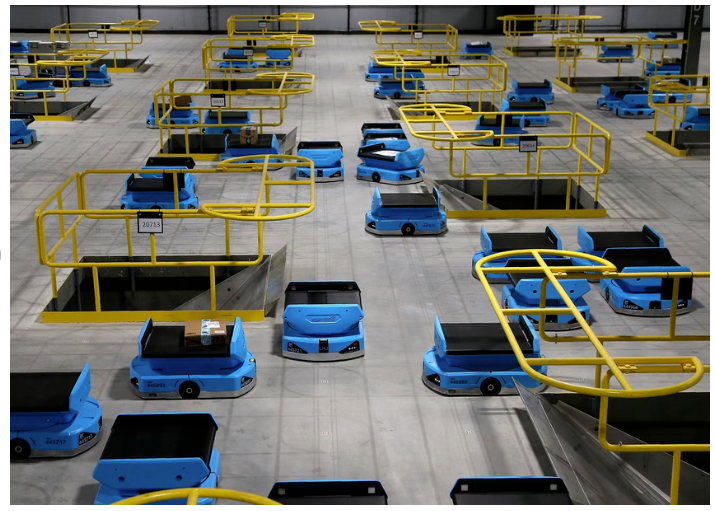
Image Credit: Medium
Teaching Robots to See: Building a Computer Vision System for Warehouse Automation
- Robots in warehouses are using advanced computer vision systems for automation.
- Amazon operates over 1 million robots with high accuracy rates for processing orders.
- Warehouse robots use camera systems, YOLO architecture, and SLAM for efficiency.
- Computer vision handles navigation, object detection, and inventory management in real-time.
Read Full Article
16 Likes
The Robot Report
415

binder releases M9 circular connectors for space-constrained applications
- binder USA LP has launched the new M9 Series of circular connectors, offering a compact and robust system for reliable electrical connections in space-constrained applications.
- The M9 Series provides flexibility with a wide range of protection levels, connection types, and technical configurations, catering to various industrial sectors such as industrial automation, medical technology, and more.
- The connectors feature a robust screw-locking system for stable connections in harsh environments, offering options like IP40 to IP67 ratings, shielded or unshielded designs, and field-wireable or overmolded versions.
- binder's M9 connectors are ideal for applications needing high protection ratings and reliable signal transmission in confined spaces, including industrial automation, medical technology, testing systems, and transportation applications.
Read Full Article
24 Likes
IEEE Spectrum
396
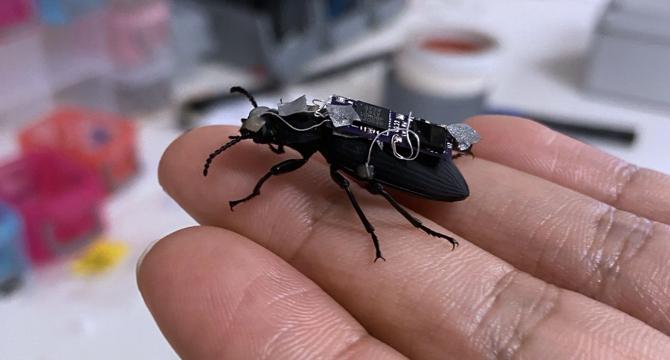
Image Credit: IEEE Spectrum
Video Friday: Cyborg Beetles May Speed Disaster Response One Day
- Video Friday showcases weekly robotics videos curated by IEEE Spectrum robotics as well as upcoming robotics events.
- DRAGON Lab and LimX Dynamics are featured in this week's videos, highlighting advancements in robotics.
- Some of the organizations mentioned include University of Queensland, Transformative Robotics Lab, K-Scale, MIT News, and Korea Atomic Energy Research Institute.
- A panel discussion from the Humanoids Summit in London focused on investing in the Humanoids Robotics Ecosystem.
Read Full Article
23 Likes
The Robot Report
253

Dusty Robotics designs FieldPrinter 2 robot with PMD motion controllers
- Dusty Robotics creates FieldPrinter 2 AMR to map and mark 3D designs.
- Performance Motion Devices controllers help avoid obstacles and improve precision in construction.
- Automation aims to enhance efficiency, safety, and sustainability on construction sites.
- Collaboration with PMD allowed Dusty Robotics to resolve challenges and improve performance.
Read Full Article
15 Likes
The Robot Report
202

Tesollo to present humanoid robot hand at AI for Good Global Summit 2025
- Tesollo will showcase its flagship robotic hand, the Delto Gripper DG-5F, at the AI for Good Global Summit in Geneva, Switzerland.
- The Delto Gripper DG-5F is designed with 20 degrees of independent actuation to mimic human hand dexterity for various tasks such as complex object manipulation and fine assembly.
- The robotic hand supports multiple grip modes, offers high-precision force sensors for real-time feedback, and is designed for real-world applications, including service robotics and industrial automation.
- Tesollo aims for global expansion and will present its teleoperation systems, precision grasp algorithms, and sensor integrations at the summit, looking to enter the European and Middle Eastern robotics markets.
Read Full Article
12 Likes
For uninterrupted reading, download the app